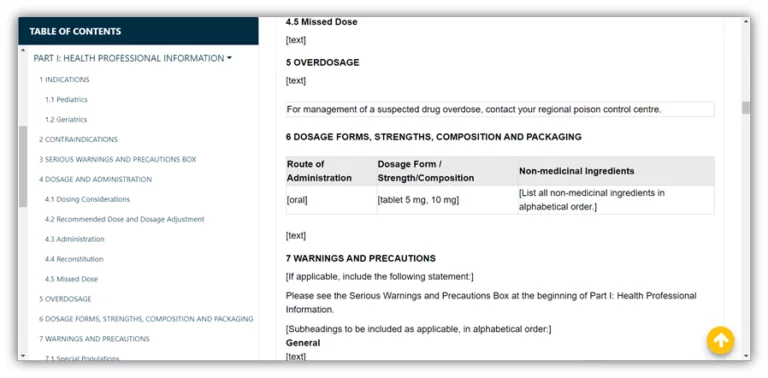In July 2016, at the Worldwide Partner Conference in Toronto, Microsoft CEO Satya Nadella announced the launch of Microsoft Dynamics 365. The new offering bundles previous Dynamics Customer Relationship Management (CRM) and Enterprise Resource Planning (ERP) products into a single service, powered by the cloud. It also boasts a number of significant updates that Microsoft promises will drive greater productivity for companies in their respective industries. With Dynamics 365 in their portfolio, Microsoft aims to take a shot at other giants such as Salesforce and SAP.
Curious to know how the announcement of Dynamics 365 impacts you and your business? Here’s everything you need to know about the new platform:
Role-based Applications
The platform will include native, specialized apps that manage specific business functions including financials, sales, operations, and customer service. Included here is an accounting and financial management solution for small- to medium-sized businesses, which was being previewed as Project Madeira.
Furthermore, in place of the classic product suite, applications can be purchased individually, according to one’s specific business needs or industry. Employees no longer have to wade through a collection of tools and functions that came with the package, but don’t apply to their job. To make app selection even simpler, role-based licensing will also be available: Microsoft creates application bundles tailored to various positions, a straightforward way for each user to understand what they can do with their software.
This solution, again, streamlines processes by giving users all the tools and information they need under one identity, Dynamics 365. At the same time, it offers flexible support for the diverse employee roles within a business.
Integration with Office 365 and Built-in Intelligence
Dynamics 365’s Common Data Model integrates not only CRM and ERP software, but also productivity apps such as Outlook, and Microsoft’s intelligent personal assistant Cortana.
In recognition of the potential to offer increasingly comprehensive business solutions, the Dynamics platform is built to interact seamlessly with the cloud version of Office 365. This facilitates business functions with collaboration, communication, and productivity capabilities. Takeshi Numoto, Microsoft’s VP for Cloud and Enterprise, notes a prime example: “A salesperson receives an email and can respond directly in Office with a quote that is created based on information from both finance and sales apps, stored back to the right app, with the right pricing, discounting etc. All without the user having to leave Outlook.” Unifying both CRM and ERP data with businesses processes and productivity tools gives Microsoft a clear advantage over CRM-focused competitors, including the industry leader Salesforce.
If that wasn’t enough, Microsoft is also introducing Power BI and their personal assistant Cortana into the Dynamics platform. These tools are meant to supplement business functions with analytics and visualization capabilities. For example, to enable effective recommendations and cross-selling, sales representatives can receive predictions of services and products that customers will need, based on real-time data.
Common Data Model
Maintaining separate yet consistent CRM and ERP databases is time- and resource-intensive. This is a challenge that Microsoft eliminates by combining their software into an integrated platform, called the Common Data Model. The goal is to minimize the seams between CRM systems and back-office business processes, with two main advantages: to streamline companies’ workflow and to simplify their upkeep. Chris Patti, Chief Technology Officer of AccuWeather, expressed enthusiasm about the integration: “Anytime you put something in more than one time, it runs the risk of inaccuracy… [Combining databases] opens up possibilities around giving people time back to do their job by selling, providing business intelligence and customer support and not data entry.” Having the platform reside in the cloud will also put to rest issues about accessibility and collaboration.
For companies not quite ready for the migration, Microsoft will remain to offer on-premise and separate versions of their CRM and ERP products.
Third Party App Development
The new software will also include the launch of AppSource, a marketplace where enterprises can find even more tools, built for their industry by Microsoft or select partners. AppSource also acts as a platform for developing and sharing custom applications or add-ons. Early adopters have already developed over 200 apps, which will all be available when AppSource officially launches with Dynamics 365.
Nadella recently published a post on LinkedIn, going into further detail about the potential of Microsoft’s newest offering: “Digital transformation requires systems of intelligence that are tailored to each industry, each company, each micro-task performed by each person. Systems that can learn, expand and evolve with agility as the world and business changes.”
All in all, Dynamics 365 is an exciting step in this direction. As businesses worldwide continue to grow as digital enterprises, there must be a solution that evolves with them regardless of their size, stage, and industry. By offering seamless user experiences, enhanced productivity, and opportunities to gain actionable insights, Microsoft is redefining the digitization of business processes, and driving digital transformation on a huge scale.
Dynamics 365 is available in two editions of “Business” for SMBs, and “Enterprise” for larger companies. Find out more about the details of each edition and pricing information.
Get a Free Trial For Dynamics 365
Curious to learn more about the new Microsoft Dynamics, how it meets your business requirements or how it can help you transform your business? AXSource can help you and your team to get your hands on trying it. Contact us to talk to one of our consultants.


